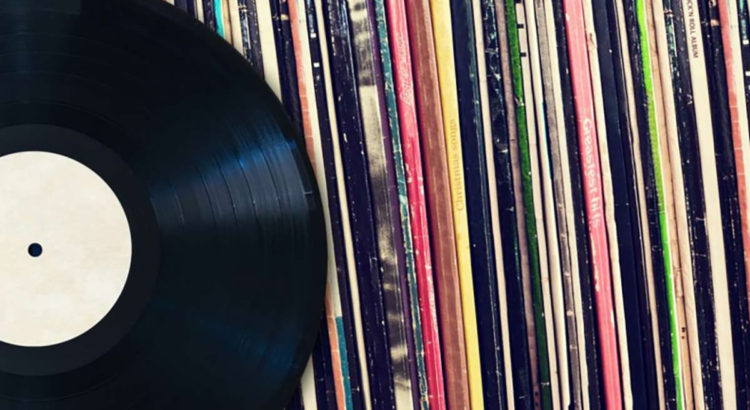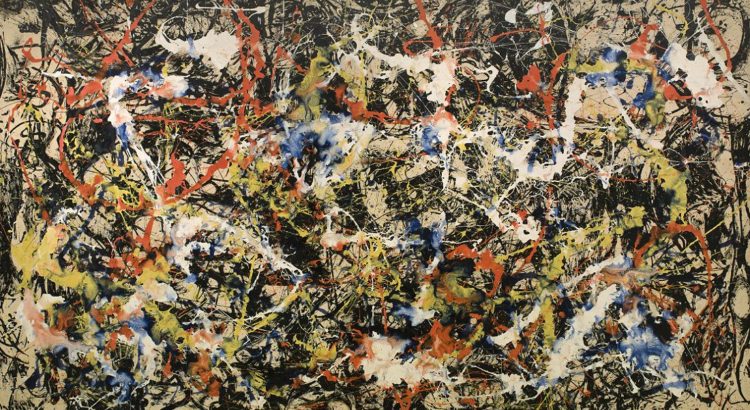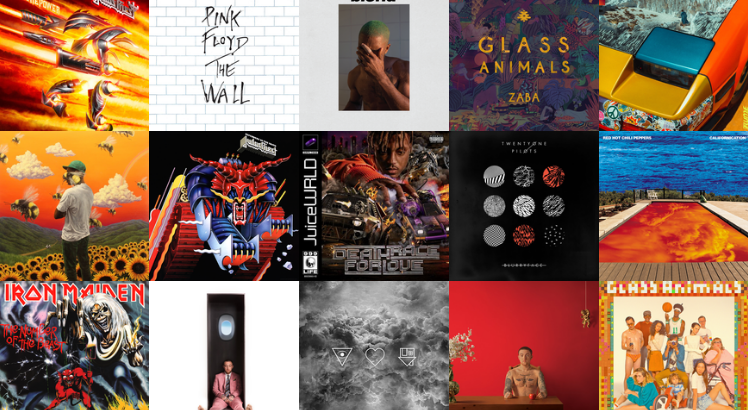Do you ever hear a song come on the radio and suddenly you’re taken back in time to when you first heard it? You might have liked it so much that you played it on repeat for the next week, until you got sick of it and never played it again. Then you hear it on the radio and you fall in love all over again, but this time it’s even better, because you remember how great it was listening to it the first time, and it’s associated with a different time in life, where things might have been better or worse, but all you cared about was that one song. I experience this all the time, partially because I overplay things, but also because I’m constantly listening to new music. It’s a great feeling to rediscover a classic, and briefly but vividly remember an amazing moment from years ago. This effect also makes me more conscious about the music I listen to in the present, because I know that the music I listen to now will define my nostalgia in the future. Basically, an over-complicated way of saying that I like to relate certain songs or albums to certain times in my life. This last summer I struggled to find interesting or new music; not that there wasn’t a lot, just hardly anything that I wanted to put on repeat. However, two albums gradually rose to prominence and inevitably became the soundtracks of my summer: “Igor” by Tyler, the Creator and “Relaxer” by Alt-j.

“Igor” came out at the beginning of summer and I listened through it in its entirety the night it was released. It was a memorable project with an amazing atmosphere, unique aesthetic, and bass-heavy rhythms, but I didn’t see much replay value in it at first. It was like reading a book: the first time the story is great and the plot is constantly surprising, but attempting to read it again is daunting and pointless. However, faced with no alternative albums that peaked my interest, I resorted to picking out some of the catchiest, most interesting tracks and started listening to them daily (it was better than nothing, and I can’t live without music). Songs such as “EARFQUAKE”, “WHATS GOOD”, and “NEW MAGIC WAND” became favorites, mainly for their experimental vibes and driving bass lines. Overall the album isn’t bad, but the pitched vocals and gritty aesthetic get old fast, and I was more a fan of his aggressive and dark style on older albums.

The second album I overplayed was “Relaxer” by indie/alternative band alt-j. This album is true to its name, consisting of mostly rhythmic, gentle, and natural songs that feature a lot of acoustic instruments and samples. Only 8 songs long, there isn’t a lot to the album (especially since I can barely stand one of them), but the best ones truly shine, namely “3WW”, “In Cold Blood”, “Adeline”, and “Last Year”. This is an album for long car rides or adventures into the woods; it has a spirit of wandering and mystery that yields endless replay value, as both foreground and background music. It also served as a great contrast to the heavily produced and experimental Igor, meaning I could alternate the two albums and neither of them would get old. The two albums make an unlikely pair, but they complement each other in such a way that helps me appreciate the styles of each. Regardless, these songs came to define my summer: I played them on camping trips, beach trips, long drives, before work, and pretty much any other time I could play music. Even though they aren’t my favorite albums ever, I can’t wait for that feeling, years later, when one shuffles into my playlist and I can briefly relive the summer of ’19, if only for a few minutes of nostalgia.












